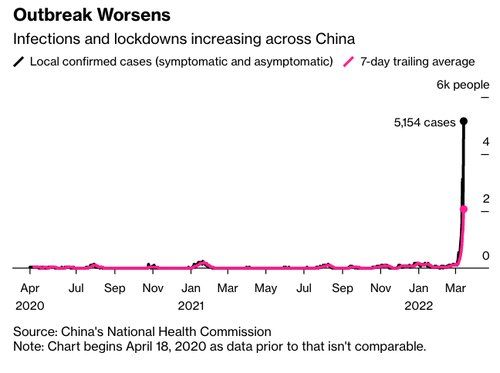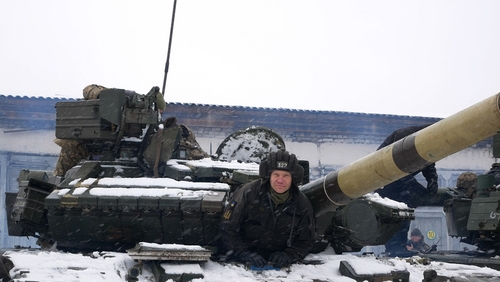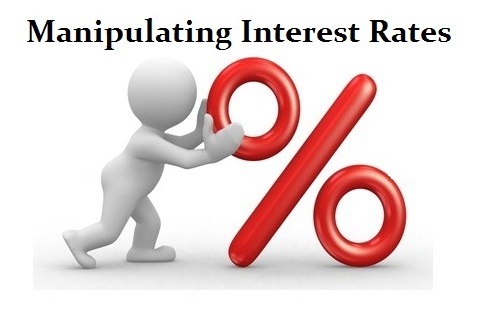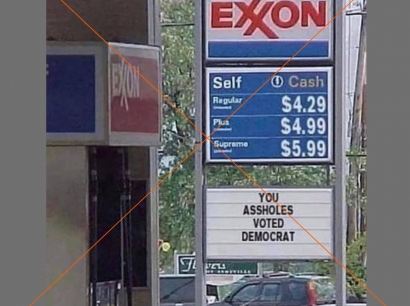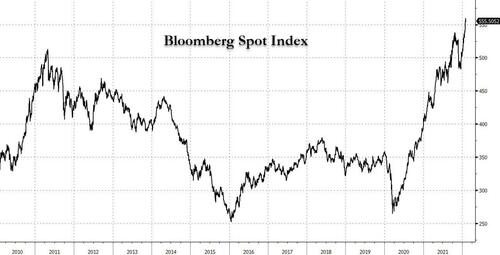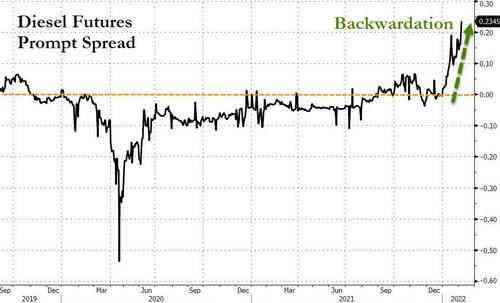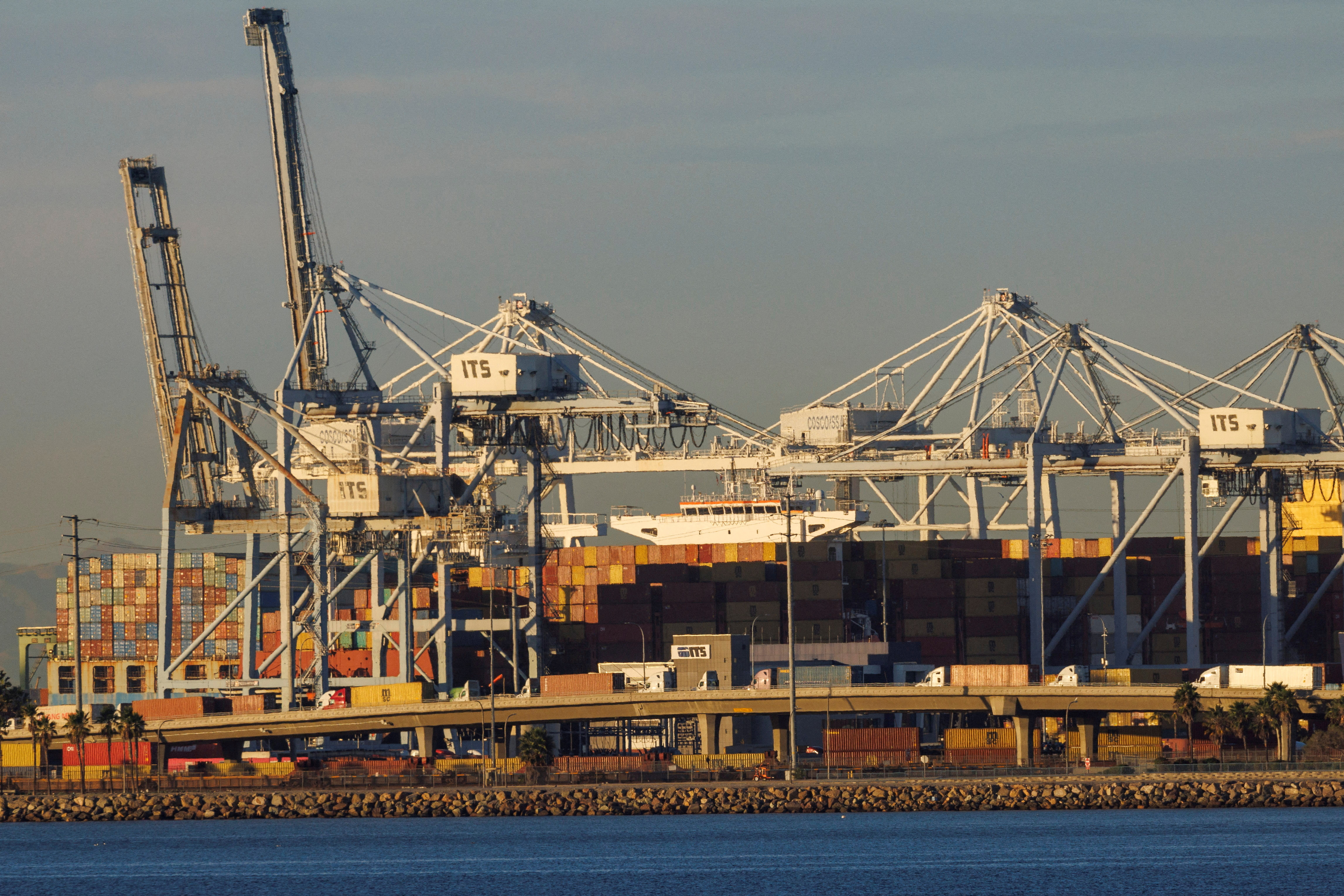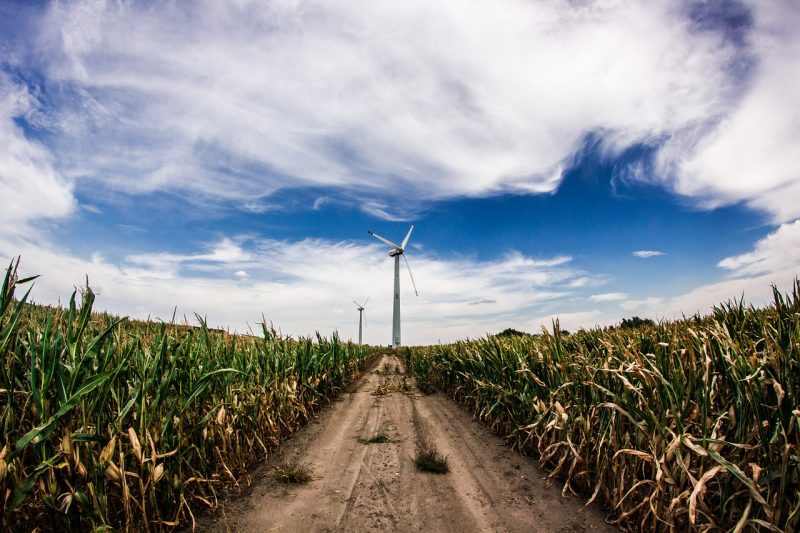Preface. This is a long preface followed by two articles about how supply chains and complex tractors may be affected by energy shortages and consequent supply chain failures in the future.Which we’re already seeing as massive numbers of ships sit offshore waiting to be unloaded, and a shortage of truckers to deliver goods when they do arrive.
Supply chain failures will only get worse, affecting food supply and making the prediction of 3 billion more people by 2050 unlikely. We are running out of time to replace fossil fuels with something else that is unknown and definitely not commercial for transportation, manufacturing and other essential services and products. Even the electric grid needs natural gas to stay up, no matter how many wind turbines or solar panels are built (Friedemann 2016).
The reason time is running out is that global conventional oil, where 90% of our petroleum comes from, peaked in 2008 (EIA 2018 page 45), and world oil production of both conventional and unconventional oil in 2018 (EIA 2020).
In the unlikely event you don’t know why this is scary, consider that we are alive today thanks to heavy-duty transportation, which runs almost exclusively on diesel, four billion of us are alive due to finite natural gas derived fertilizer, 500,000 products are made out of fossil fuels, and much of our essential manufacturing (cement, steel, metals, ceramics, glass, microchips) depend on the high heat of fossil fuels. There is not much time to come up with processes to electrify or use hydrogen to replace fossil fuels, which don’t exist yet, let alone rebuild trillions of dollars of infrastructure and a new unknown energy distribution system, triple the electric grid transmission system, and replace hundreds of millions of vehicles and equipment to run on “something else” (Friedemann 2021).
…click on the above link to read the rest of the article…


